Every time I walk around downtown Montreal, I am surrounded by people wearing fur and I am reminded of the pain and suffering of countless animals exploited by the fur industry. For those people I have the chance to chat with, I am always equipped with educational stickers and pamphlets about the reality of fur. But, I always feel a certain sense of helplessness when I think about all the people I can’t reach, those people I see sipping their coffee, chatting with friends and just going about their day, wearing fur in the form of trim on their hoods, pom-poms on their hats, or even lining in their boots.
I know that most people are inherently compassionate and that they would never dream of harming an animal. Back in the 1990s, most people wouldn’t dare wear fur – it was widely considered unethical and was very unpopular in the fashion industry. More recently however, the fur industry has successfully duped people into forgetting the inherent cruelty that goes into their products.
The sounds, sights and smells will haunt me forever
Behind every item made with fur, there is animal suffering and death. I have seen it with my own eyes. I have been on a fur farm in Quebec and have seen first-hand what these animals are forced to endure. I have seen thousands of mink, living on gigantic piles of excrement and urine, breathing in putrid ammonia-filled air, or pacing incessantly on the grid floor of their tiny wired cage. I have seen foxes, living in barren wire-bottom cages, desperately circling and trying to dig and hide – as foxes naturally do – but with nowhere to go. I have seen animals waiting to be brutally killed by anal electrocution or gassed to death – all for the sake of producing unnecessary “luxury” items.
Trapped or bred for fur trim, these animals go through unbearable suffering
I wish every person wearing fur could see the misery and cruelty that they are unintentionally supporting. The truth is that every year in Canada alone, more than three million animals, such as mink and foxes, are bred and killed on commercial fur farms. This does not even include the hundreds of thousands of animals caught in traps – injured and petrified – only to starve or freeze to death, or to be shot, stomped upon, clubbed or even choked to death for their fur.
Time for change
I hope that when you read about this industry, or see fur being worn by people on the street, in the metro or in stores, you make the connection that I make. I hope that you see that millions of animals are out there suffering needlessly, but that we have the power to put a stop to it. We can refuse to wear or buy furand we can educate others about the reality behind fur. Please speak to your friends and family to help spread the word. Together, let’s send a clear message that fur is not fashionable and help Make Fur History.
What you can do today
- Boycott fur by choosing clothing made without any animal by-products.
- Share the #makefurhistory campaign on social media and educate your friends and family about the reality behind fur trim.
- Ask the Canadian government to ban fur farming.
- If you happen to own fur and want to get rid of it, drop it off at the Montreal SPCA’s reception.
- Learn more about fur farming and the trapping industry at www.makefurhistory.com.

 Me Alanna Devine B.A., B.C.L., LL.B.- Director of Animal Advocacy
Me Alanna Devine B.A., B.C.L., LL.B.- Director of Animal Advocacy
Me Alanna Devine is a member of the Quebec and Ontario bar. She has worked at the Montreal SPCA for over nine years. Before the SPCA, Alanna clerked at the Supreme Court of Canada and obtained degrees in civil and common law from the McGill University Faculty of Law after completing a bachelor’s degree in Criminology. As Director of Animal Advocacy, she oversees the Investigations and Inspections Department, the Advocacy Department and works primarily on improving the protection of animals on a municipal, provincial and federal level as well as leading awareness campaigns on important animal issues. Alanna is also an avid vegan baker and has adopted a blind dog from the SPCA. (© Photo: Jo-Anne McArthur / We Animals)







